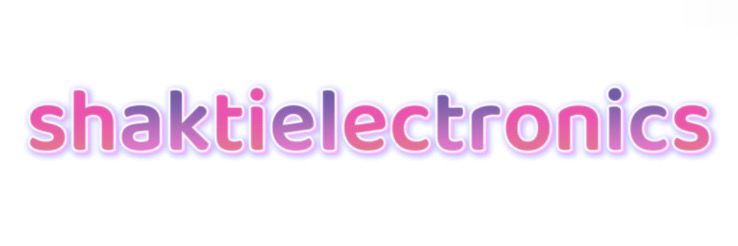NDT Manufacturing: Traditional Methods vs. Innovative Technologies
NDT Manufacturing: Traditional Methods vs. Innovative Technologies
Non-Destructive Testing (NDT) plays a crucial role in ensuring the integrity of materials and components across various industries. As technology evolves, manufacturers are increasingly faced with a choice between traditional methods and innovative technologies. This article presents a comprehensive overview of current statistics, comparing traditional NDT methods with cutting-edge technologies, helping you understand the benefits and limitations of each.
Traditional NDT Methods
Traditional NDT methods have been the backbone of quality assurance for decades. These methods include Visual Inspection, Ultrasonic Testing (UT), Radiographic Testing (RT), Magnetic Particle Testing (MT), and Penetrant Testing (PT).
Visual Inspection (VT)
Visual Inspection accounts for approximately 70% of all inspection methods used globally, largely due to its simplicity and cost-effectiveness. However, it relies heavily on the inspector's experience and may miss concealed defects.
Ultrasonic Testing (UT)
UT is used extensively in industries such as oil and gas, aerospace, and manufacturing. According to a recent report by Mordor Intelligence, the Ultrasonic Testing Market is projected to grow from USD 1.71 billion in 2021 to USD 2.91 billion by 2026, at a CAGR of 11.2%.
Radiographic Testing (RT)
RT remains a critical method for detecting internal discontinuities, with about 15% of the NDT market share. However, it introduces safety concerns related to radiation exposure. The market for radiographic testing is estimated to reach USD 1.2 billion by 2025, as noted in a report by Grand View Research.
Innovative NDT Technologies
Recent advancements in technology have paved the way for innovative NDT methodologies, such as Digital Radiography (DR), Phased Array Ultrasonic Testing (PAUT), and Automated Visual Inspection (AVI).
Digital Radiography (DR)
Digital Radiography has gained popularity due to its quicker processing times and lower radiation doses. According to a report from Research and Markets, the Global Digital Radiography Market is expected to rise from USD 3.9 billion in 2020 to USD 6.1 billion by 2025, growing at a CAGR of 9.5%.
Phased Array Ultrasonic Testing (PAUT)
PAUT provides detailed imaging and is capable of detecting flaws that traditional UT might miss. The PAUT market is set to reach USD 3.89 billion by 2023, according to a report by Markets and Markets. Its ability to scan complex geometries makes it a preferred choice in aerospace and nuclear industries.
Automated Visual Inspection (AVI)
Automated Visual Inspection systems are revolutionizing quality control in manufacturing. A survey by Statista indicated that 66% of manufacturers are already implementing some form of automation in their inspection processes, resulting in time and cost savings. The AVI market is projected to grow to USD 1.2 billion by 2024, reflecting a growing reliance on automation in quality assurance.
Comparative Analysis of Traditional vs. Innovative Technologies
Both traditional and innovative NDT methods have their unique advantages. Traditional methods are often viewed as less expensive and easier to deploy for immediate needs. However, innovative technologies offer higher accuracy, reduced inspection times, and enhanced data management capabilities.
Cost Implications
Traditional methods may have a lower upfront cost, but the potential for missed defects can lead to higher long-term expenses. According to the American Society for Nondestructive Testing, the cost of poor quality can exceed 10% of total sales in some sectors. Hence, there is a notable shift towards investing in advanced NDT technologies.
Industry Trends
The NDT industry is rapidly evolving. According to the International Organization for Standardization (ISO), innovations in NDT technologies are projected to grow at a rate of 8.5% annually, indicating a clear trend towards advanced inspection methods. Additionally, the integration of data analytics and machine learning is enhancing the reliability of NDT processes.
Conclusion
In conclusion, as industries strive for higher safety and quality standards, the shift from traditional NDT methods to innovative technologies is evident. By weighing the pros and cons of both approaches and considering the latest statistics, manufacturers can make informed decisions that prioritize quality and efficiency in their operations.
For more Ndt Manufacturing, Ultrasonic Flaw Detection, Digital Surface Profile Gaugeinformation, please contact us. We will provide professional answers.
161
0
0

Comments
All Comments (0)